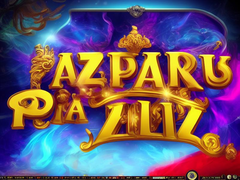
When it comes to exploring the rich culture and history of Indonesia, one cannot overlook the significance of its various traditional practices and local wisdom. This article aims to provide a comprehensive overview of some key aspects of Indonesian heritage, focusing on its diverse traditions, unique art forms, and significant cultural practices.
Traditional Practices
Indonesia’s traditional practices are deeply rooted in the history and beliefs of its people. From the elaborate ceremonies of Bali to the intricate rituals of the Javanese, these practices are not just cultural expressions but also vital parts of the community’s identity. Rituals such as the Nyepi Day in Bali, which marks the Balinese New Year, highlight the region’s dedication to maintaining harmony and spiritual balance.
Art Forms
The art of Indonesia is renowned for its diversity and richness. Traditional dances, such as the Legong and the Wayang Kulit (shadow puppetry), are not only entertainment forms but also vital storytelling methods that preserve historical narratives and cultural values. The craftsmanship of batik, an ancient textile art form, reflects the intricate designs and symbolic meanings inherent in Indonesian culture.
Cultural Practices
Indonesian cultural practices encompass a wide range of activities and customs. Festivals like the Galungan and Kuningan in Bali represent a blend of religious devotion and community celebration. These events are marked by elaborate feasts, traditional music, and dance, showcasing the vibrant cultural tapestry of the nation.
In summary, Indonesia’s traditional practices, art forms, and cultural customs offer a fascinating glimpse into its rich heritage. Understanding and appreciating these elements not only enrich our knowledge but also foster a deeper connection with the diverse cultural landscape of this beautiful country.









